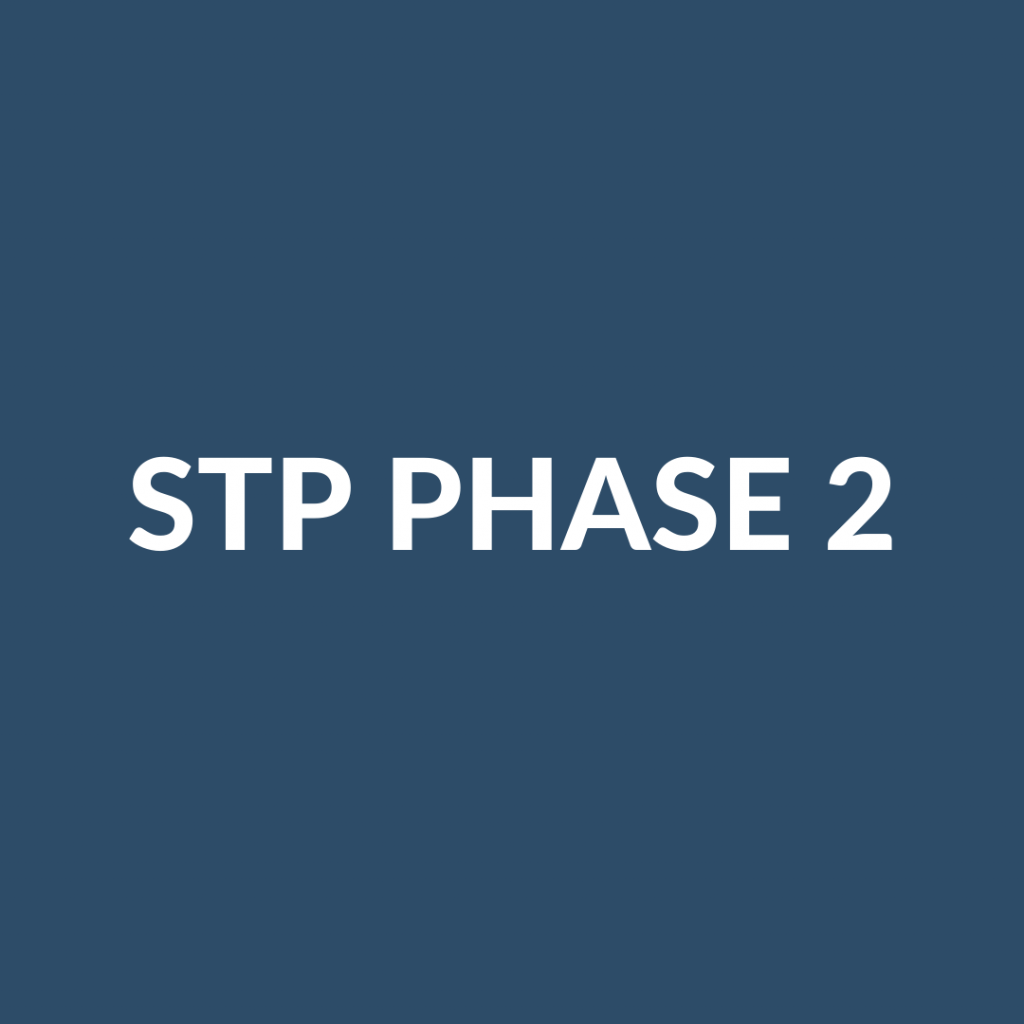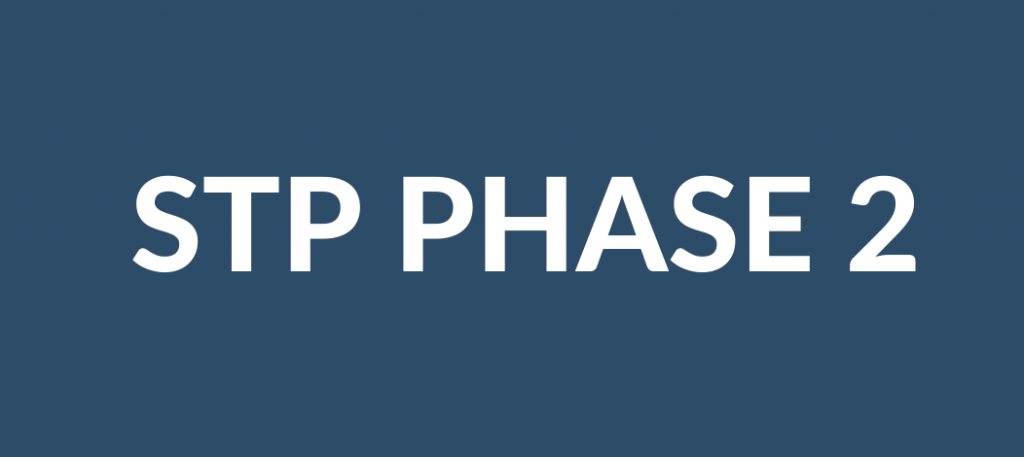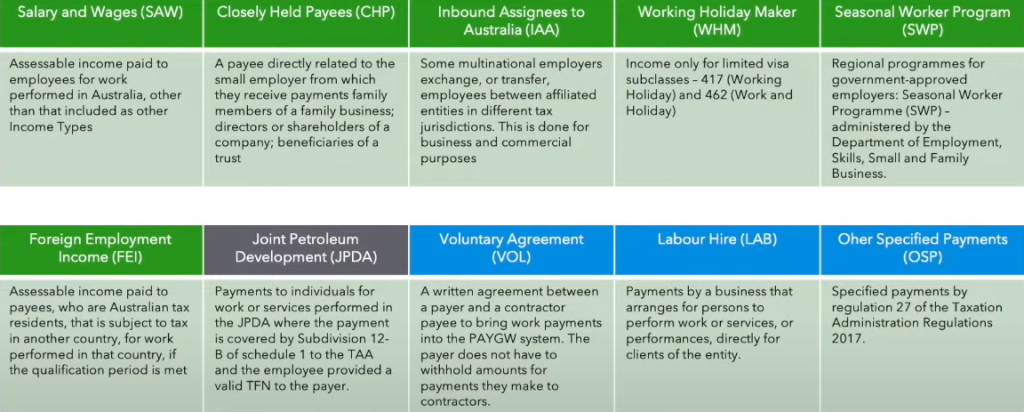ATO STP Filing Error Codes – what do they mean and how do you fix them?
At the time of writing this blog, most employers are actively submitting payroll events via Single Touch Payroll (STP). STP has been around since July 2018 and has now evolved into STP Phase 2. Most software companies used by small businesses to file STP reports, are now STP 2-enabled, so many employers will be reporting payroll via this mode.

While the process of filing or reporting payroll via STP is fairly straightforward, there can be occasions where things may go wrong. This is particularly true now, given the setup for STP Phase 2 is quite involved and onerous. Should the setup for STP 2 not be done correctly, this will most certainly lead to filing errors.
If a pay event is returned after filing it, the ATO will provide an error code that describes the issue. While these codes are useful in terms of helping the lodger understand what is wrong, they do not assist in providing details about how to fix the error within the software you may be using. Luckily, there is help available from each of the main software providers.
Here is a list of the software providers and the links to their help pages, should your filing return an ATO error code:
Also, from Reckon, here is a list of the most common submission errors via the ATO. Each error code is explained and a reason behind the error is given. This can be a helpful starting point when trying to rectify any STP errors.
I hope this blog has been helpful to you if you are an employer or bookkeeper. It would be a good idea to add the link for your chosen software to your favourites list for future access, should you encounter an STP filing error.
ATO STP Filing Error Codes – what do they mean and how do you fix them? Read More »




